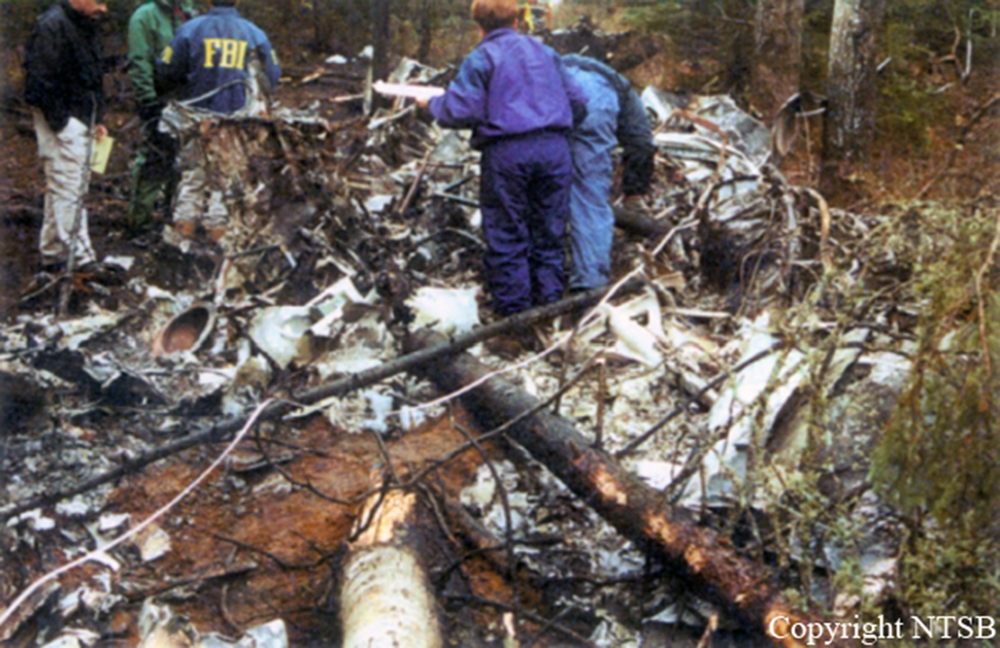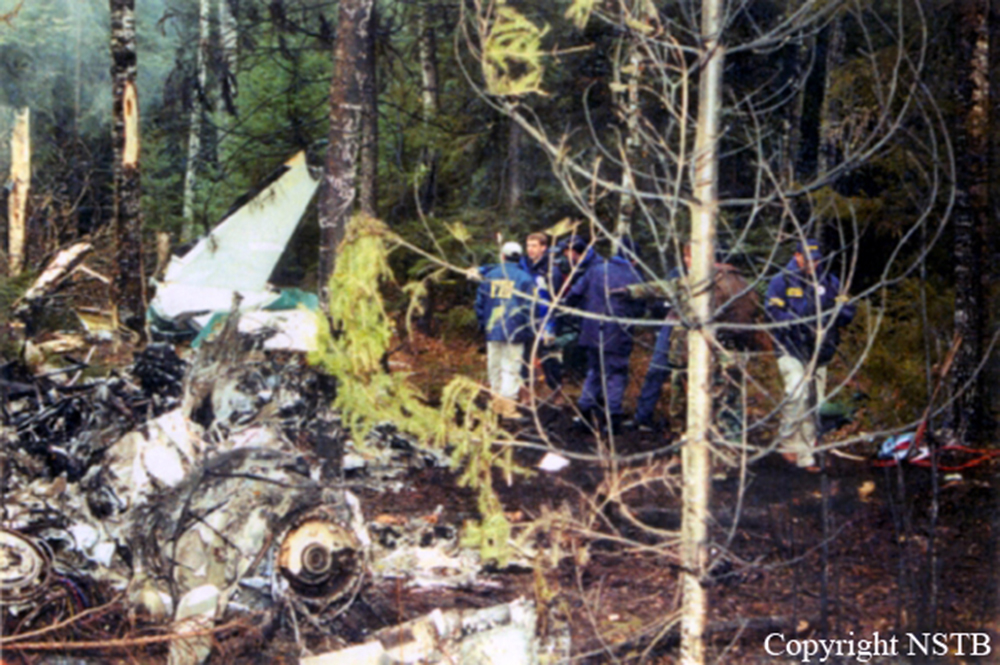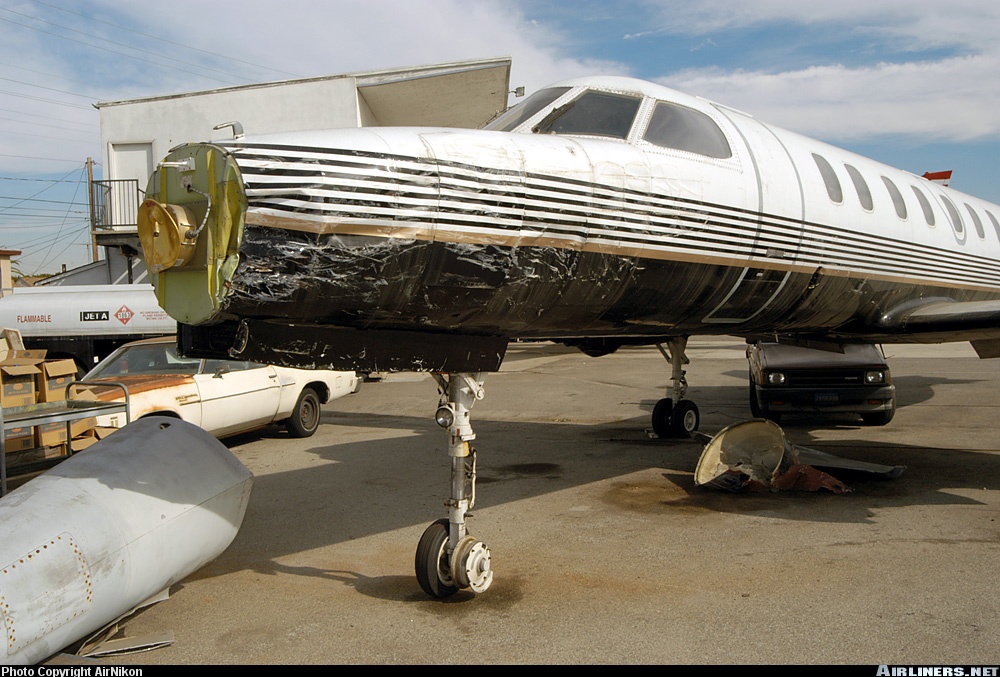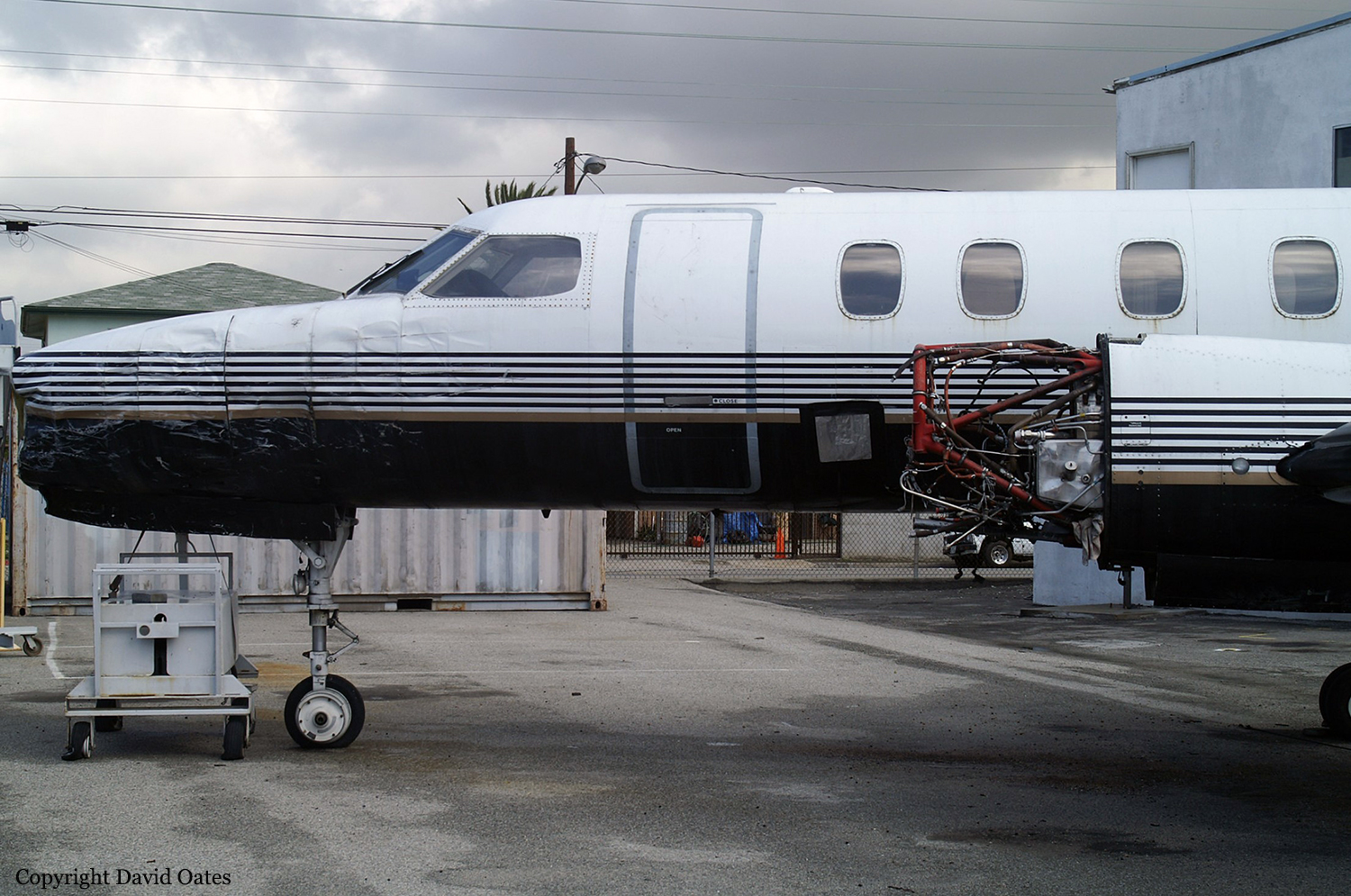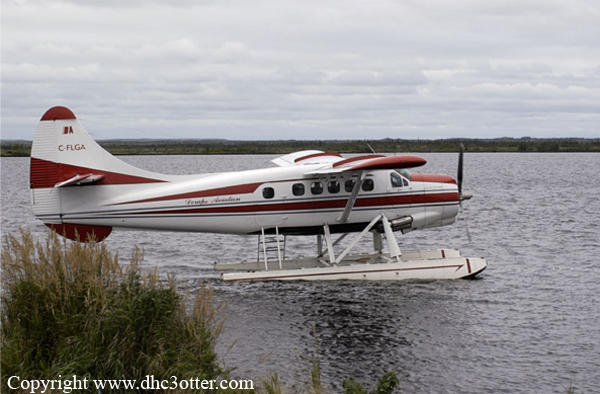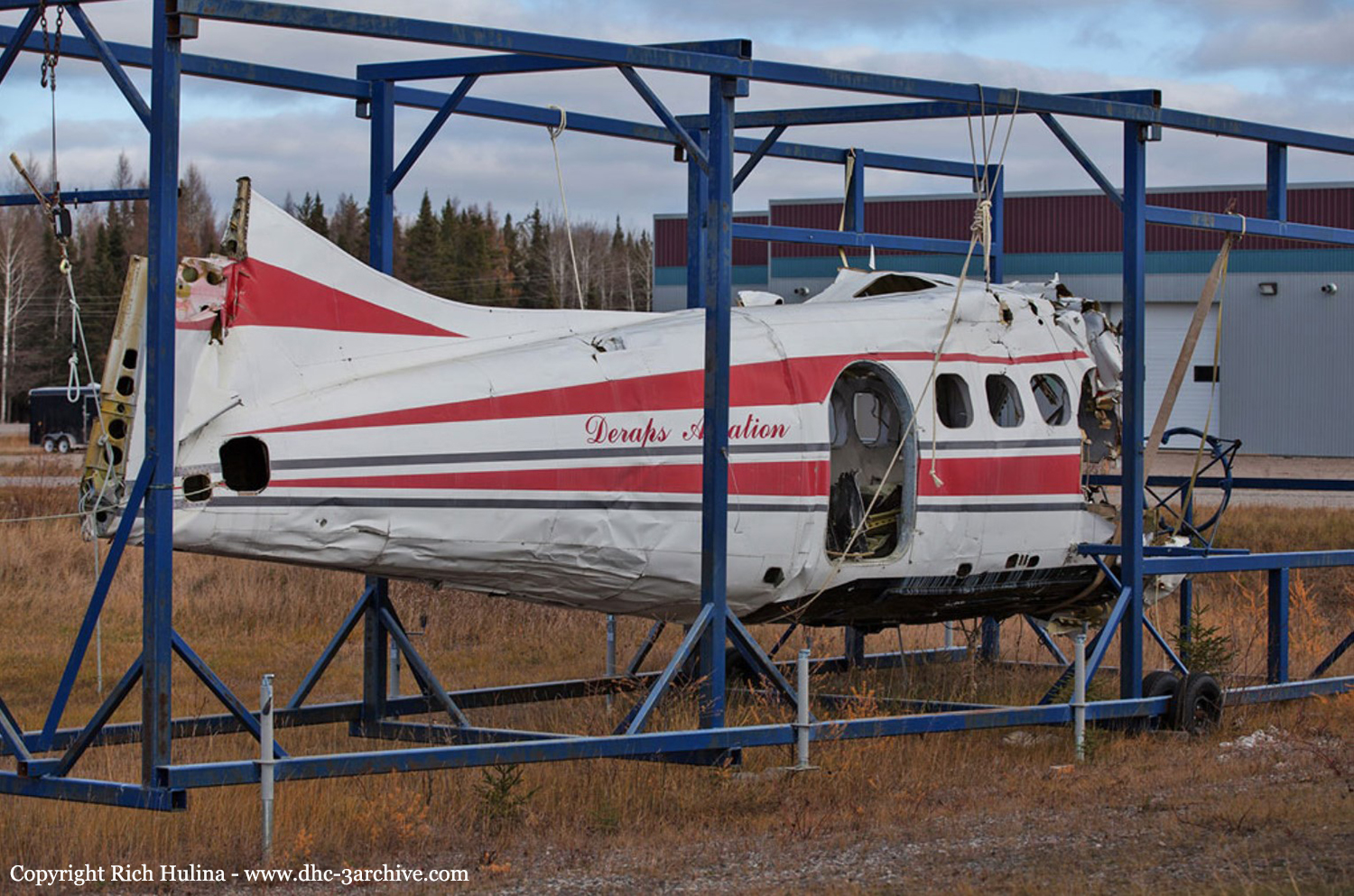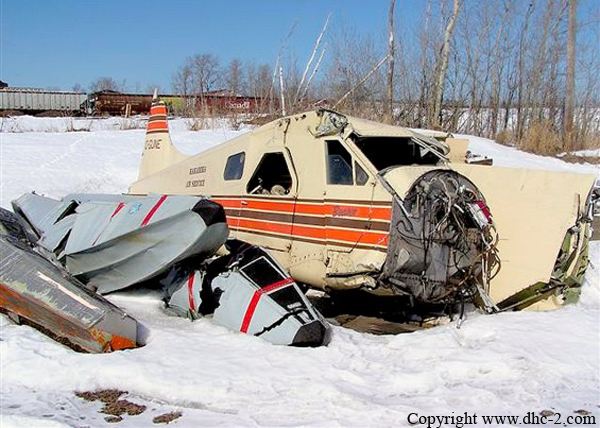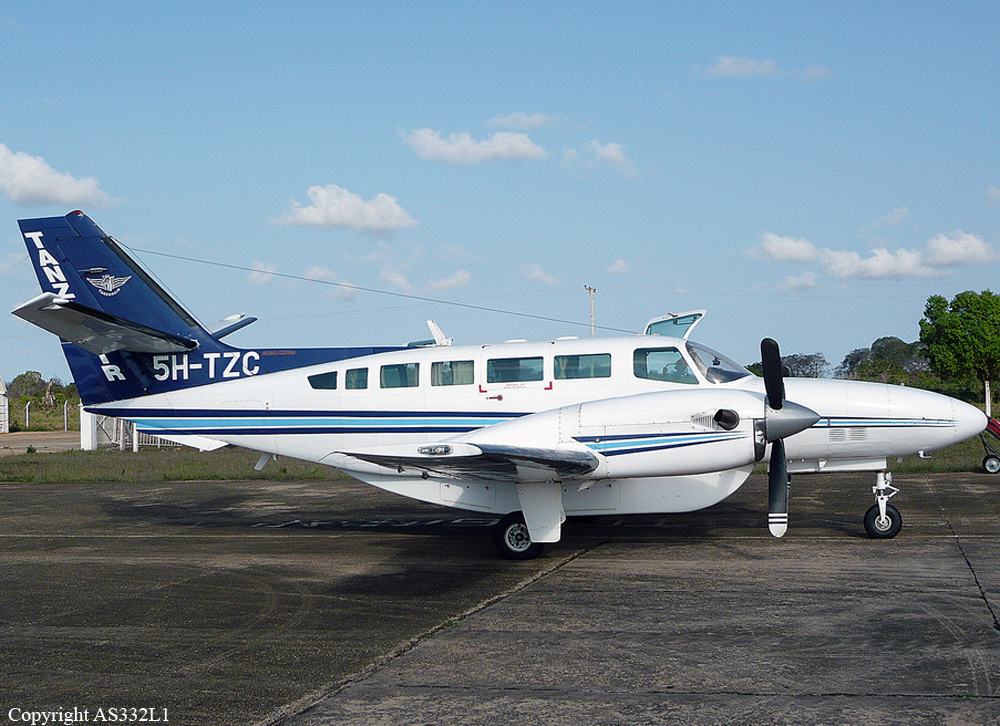Crash of a Beechcraft A100 King Air in Eveleth: 8 killed
Date & Time:
Oct 25, 2002 at 1022 LT
Registration:
N41BE
Survivors:
No
Schedule:
Saint-Paul – Eveleth
MSN:
B-245
YOM:
1979
Flight number:
N41BE
Crew on board:
2
Crew fatalities:
Pax on board:
6
Pax fatalities:
Other fatalities:
Total fatalities:
8
Captain / Total hours on type:
200.00
Copilot / Total hours on type:
107
Aircraft flight hours:
12726
Circumstances:
On October 25, 2002, about 1022 central daylight time, a Raytheon (Beechcraft) King Air A100, N41BE, operated by Aviation Charter, Inc., crashed while the flight crew was attempting to execute the VOR approach to runway 27 at Eveleth-Virginia Municipal Airport, Eveleth, Minnesota. The crash site was located about 1.8 nautical miles southeast of the approach end of runway 27. The two pilots and six passengers were killed, and the airplane was destroyed by impact forces and a post crash fire. The airplane was being operated under the provisions of 14 Code of Federal Regulations Part 135 as an on-demand passenger charter flight. Instrument meteorological conditions prevailed for the flight, which operated on an instrument flight rules flight plan. Among those on board were Paul Wellstone, Senator of Minnesota, his wife Sheila and one of his three children Marcia.
Probable cause:
The flight crew's failure to maintain adequate airspeed, which led to an aerodynamic stall from which they did not recover.
Final Report:


